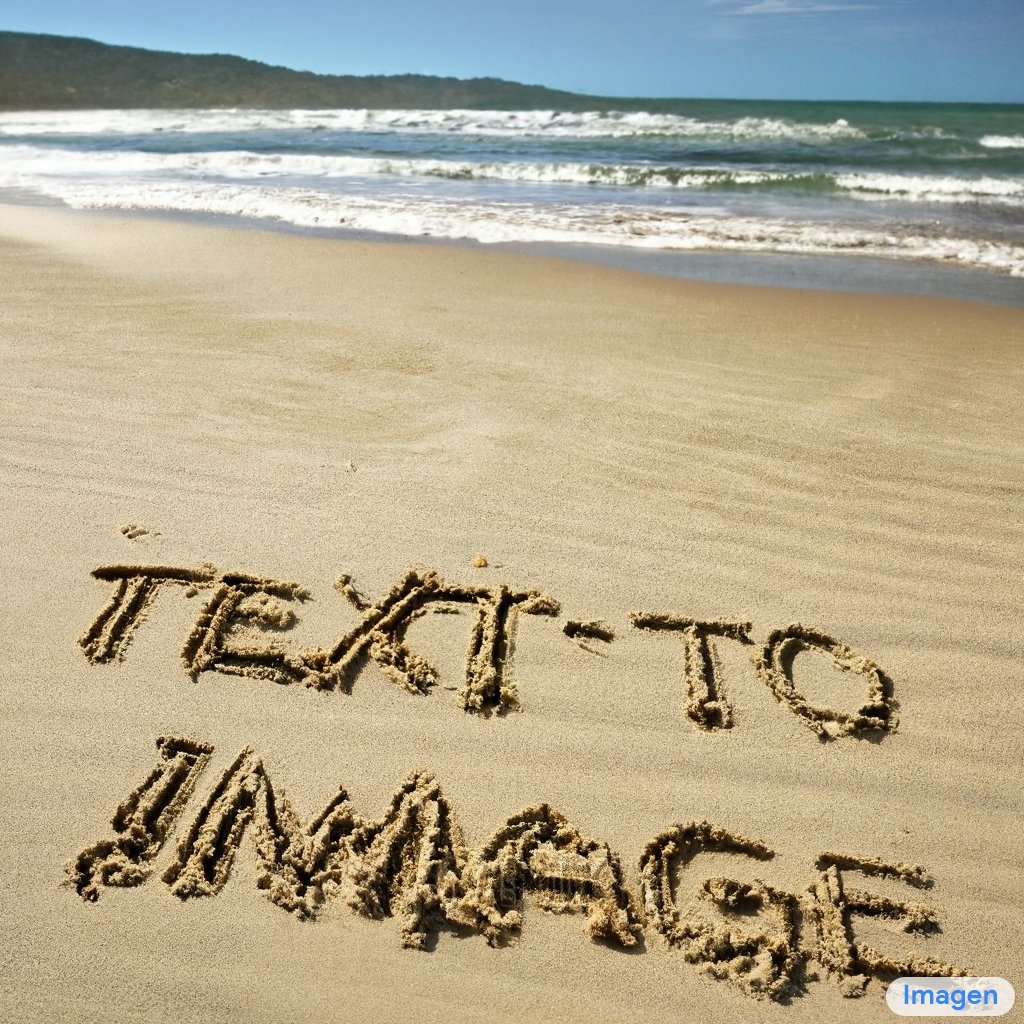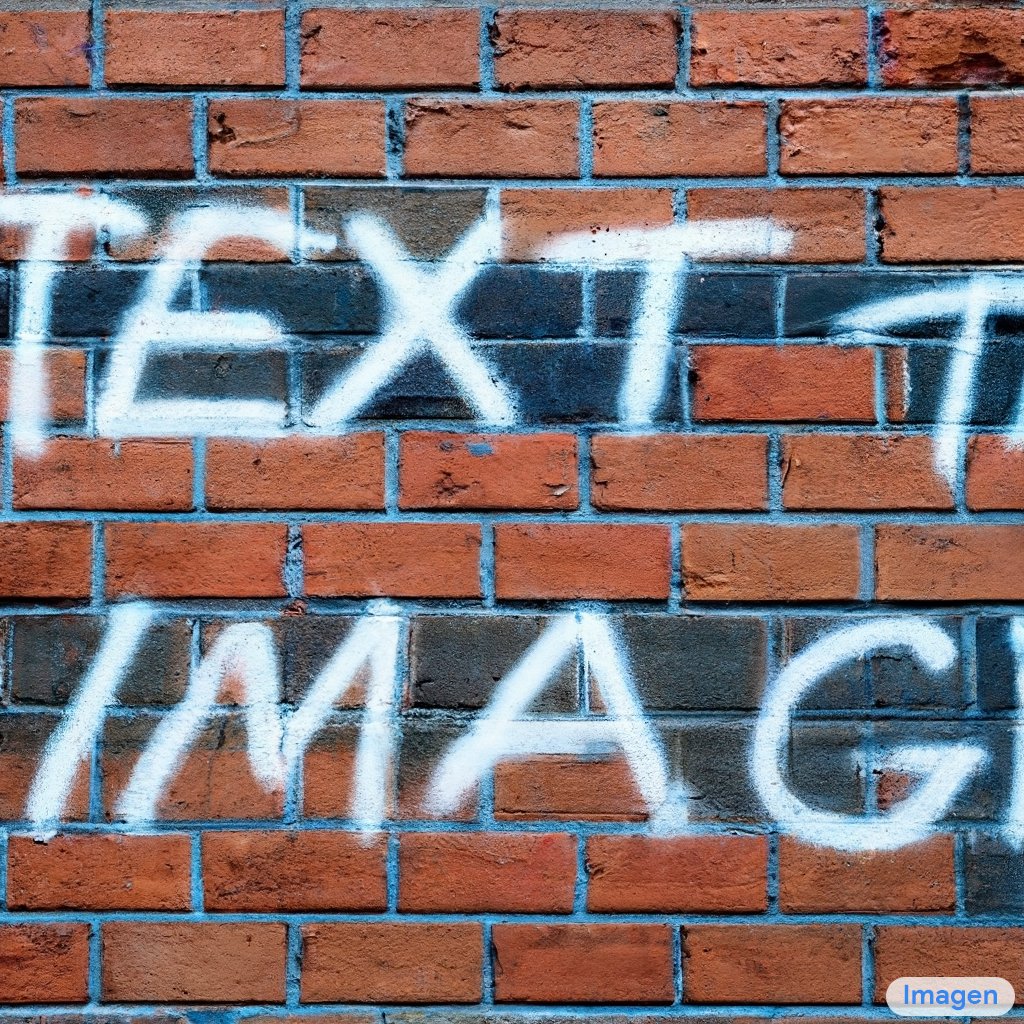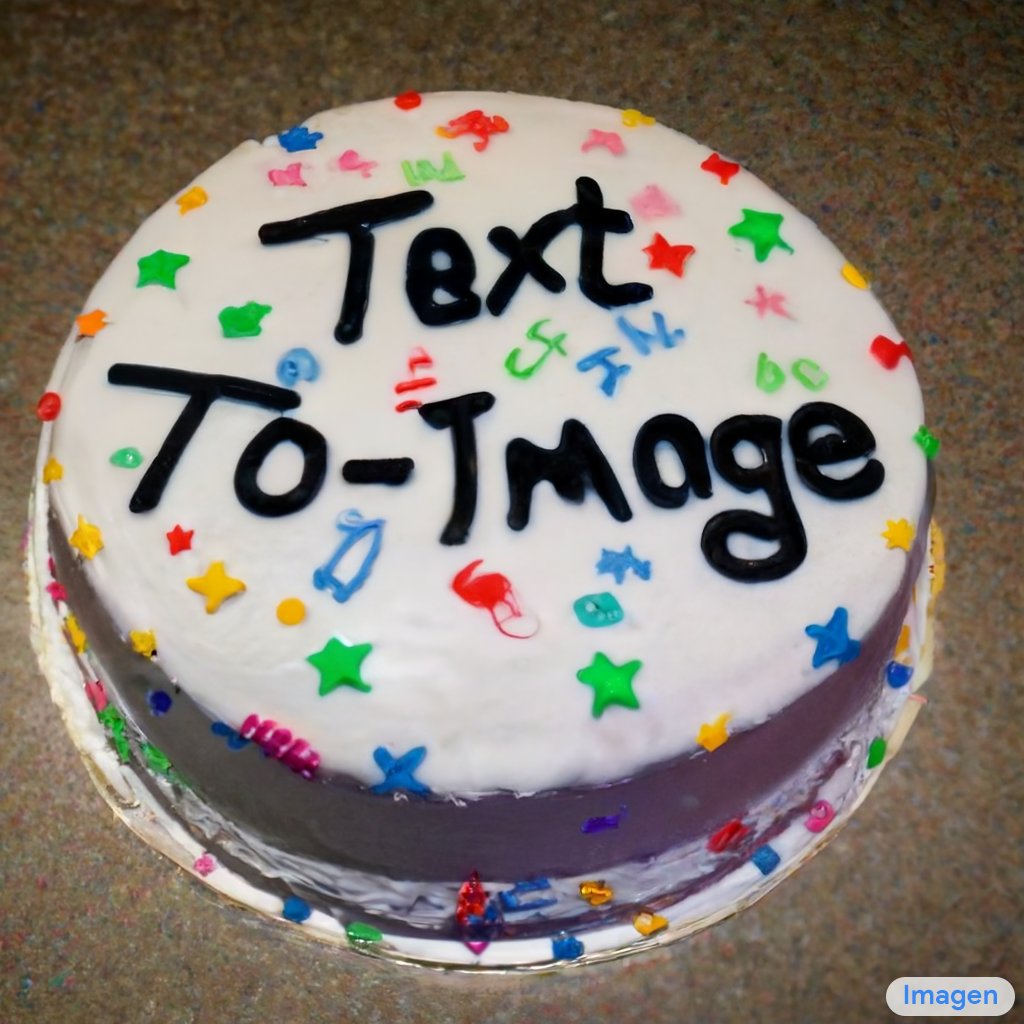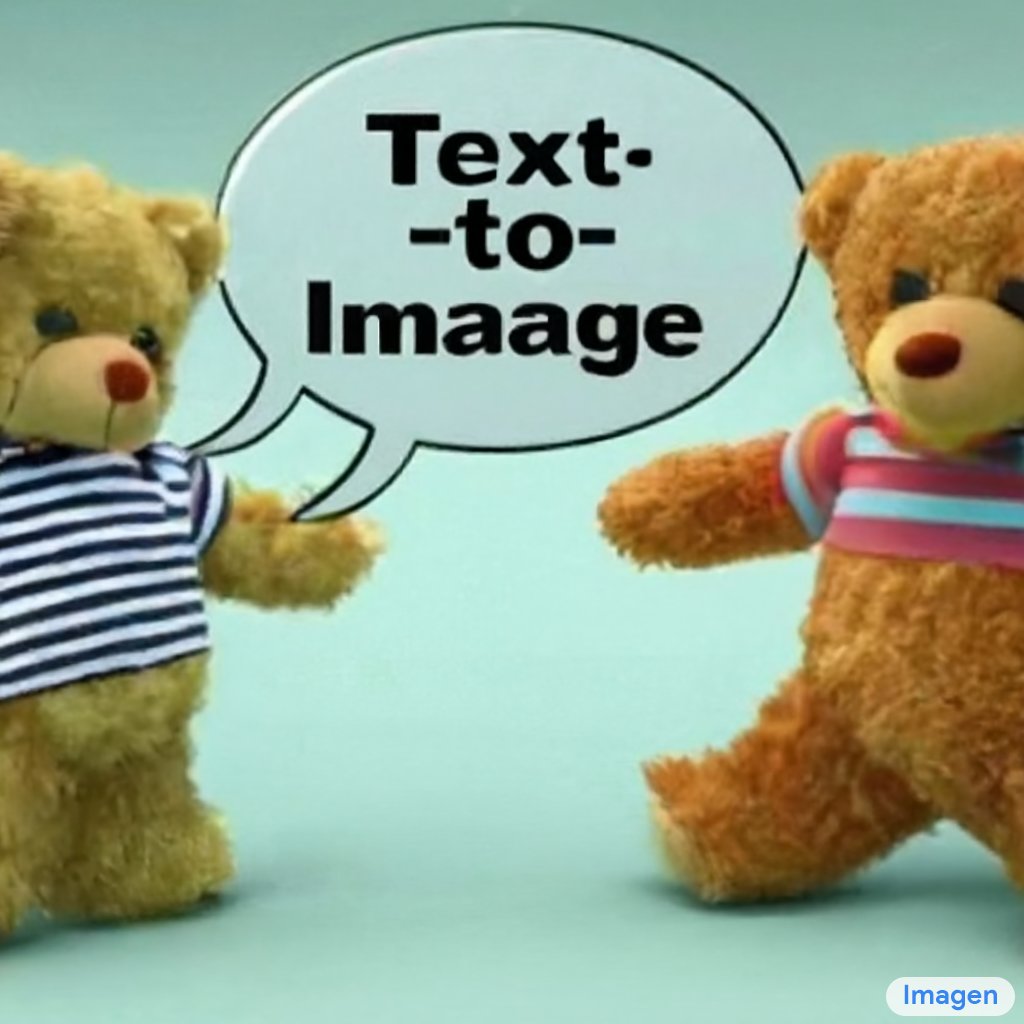A small thread on analysing text rendering capability of #imagen.
Starting with a simple example, Imagen is able to reliably render text without any need for rigorous cherrypicking. e.g. these are non-cherry picked examples for writing "Text-to-Image" on a storefront.
Starting with a simple example, Imagen is able to reliably render text without any need for rigorous cherrypicking. e.g. these are non-cherry picked examples for writing "Text-to-Image" on a storefront.
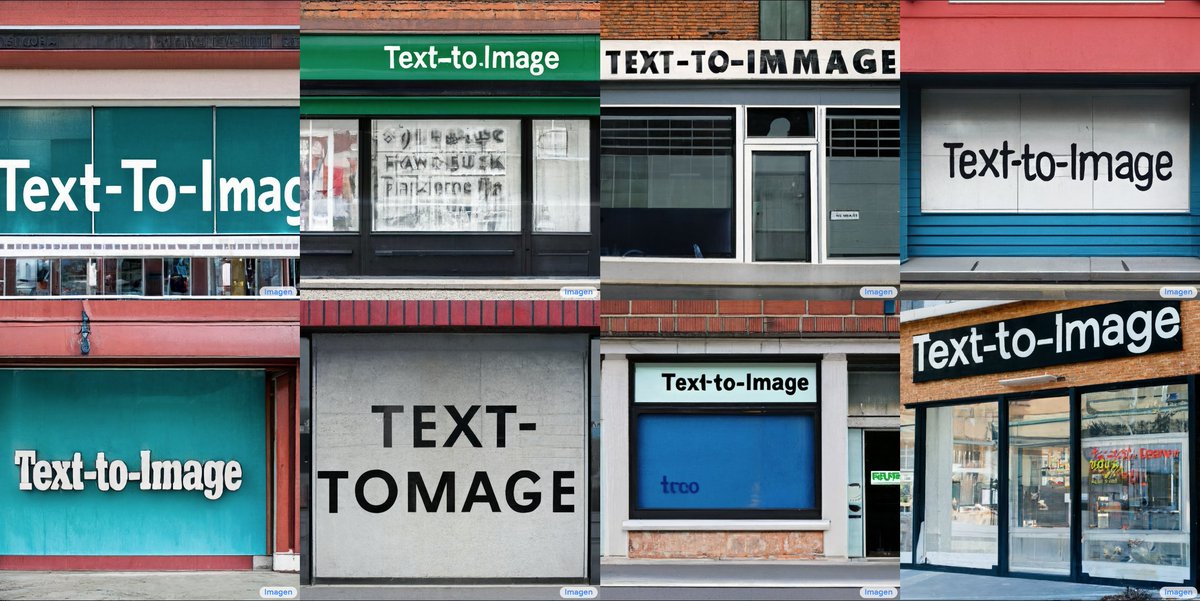
Imagen is also capable of writing text in a variety of
interesting settings. Here are some examples (1 sample picked out of 8 for each prompt).



interesting settings. Here are some examples (1 sample picked out of 8 for each prompt).
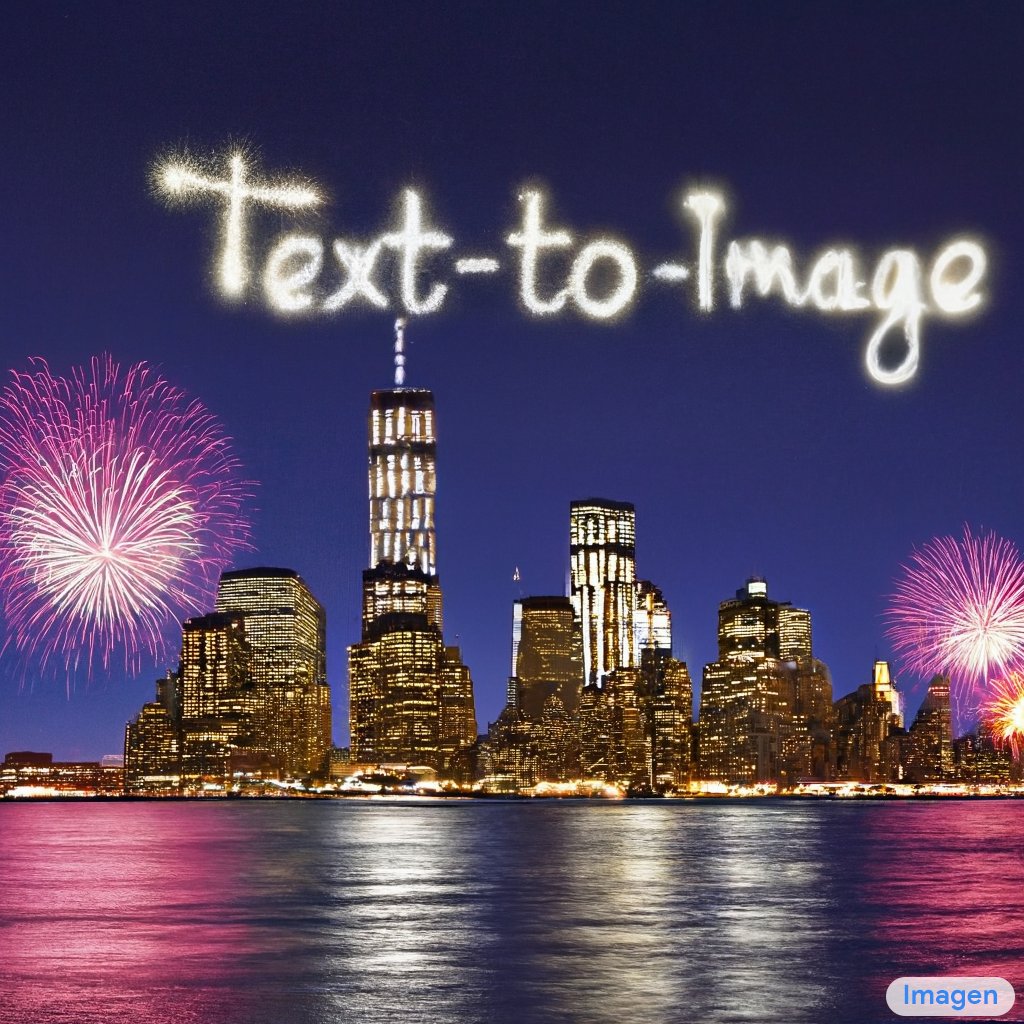
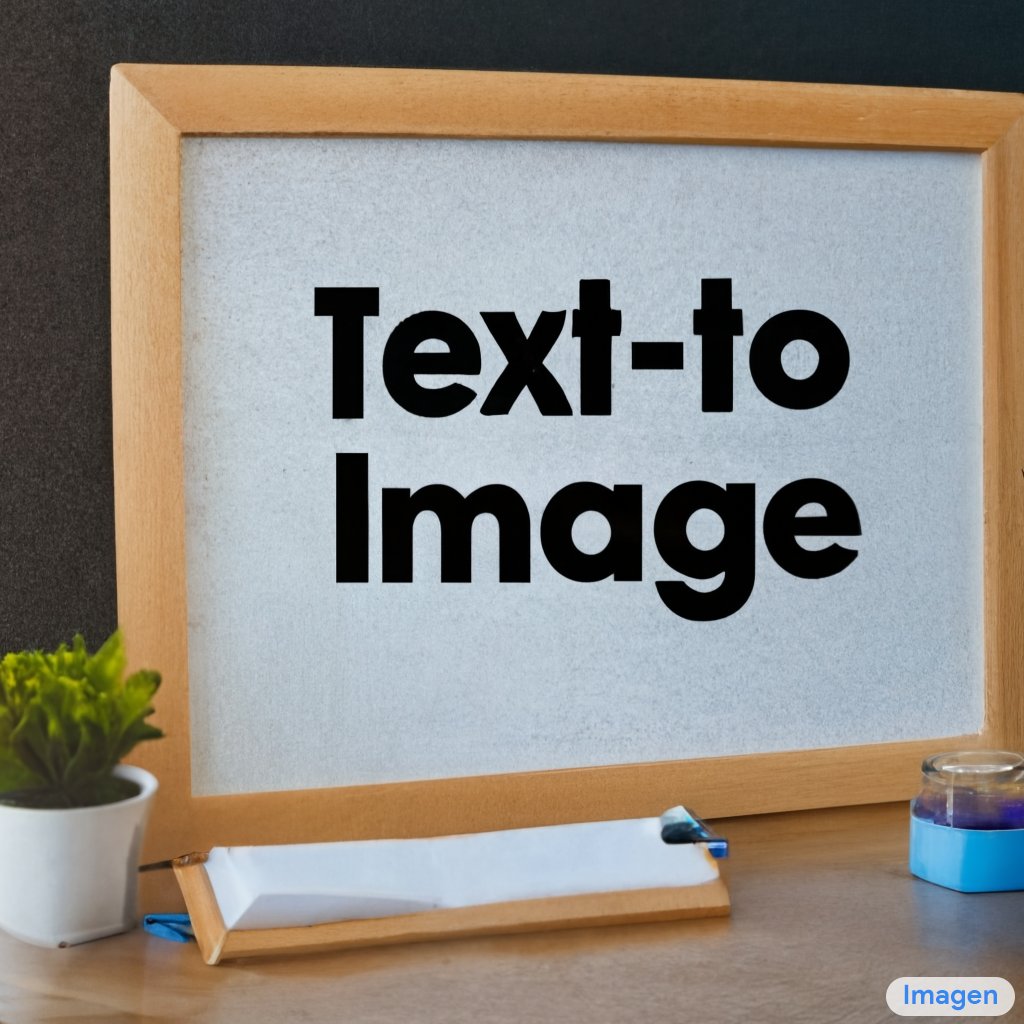
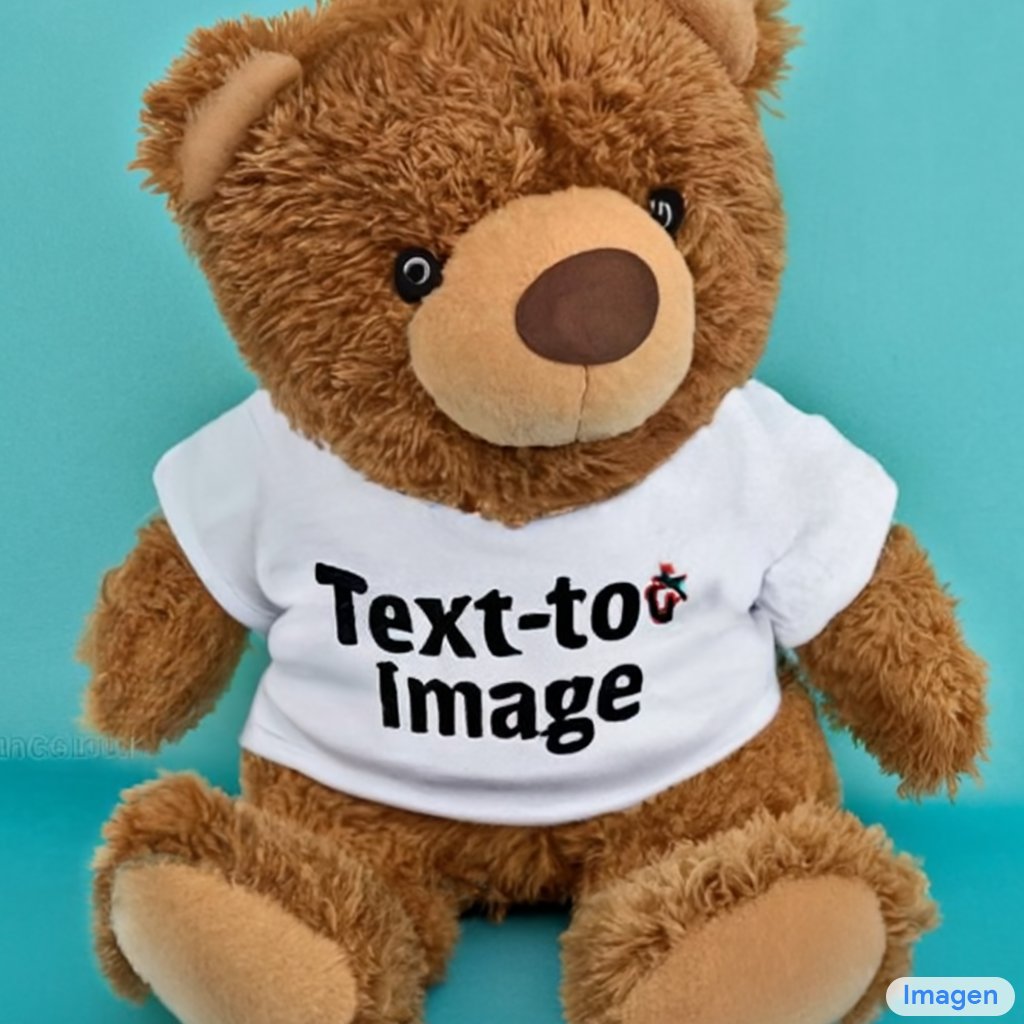
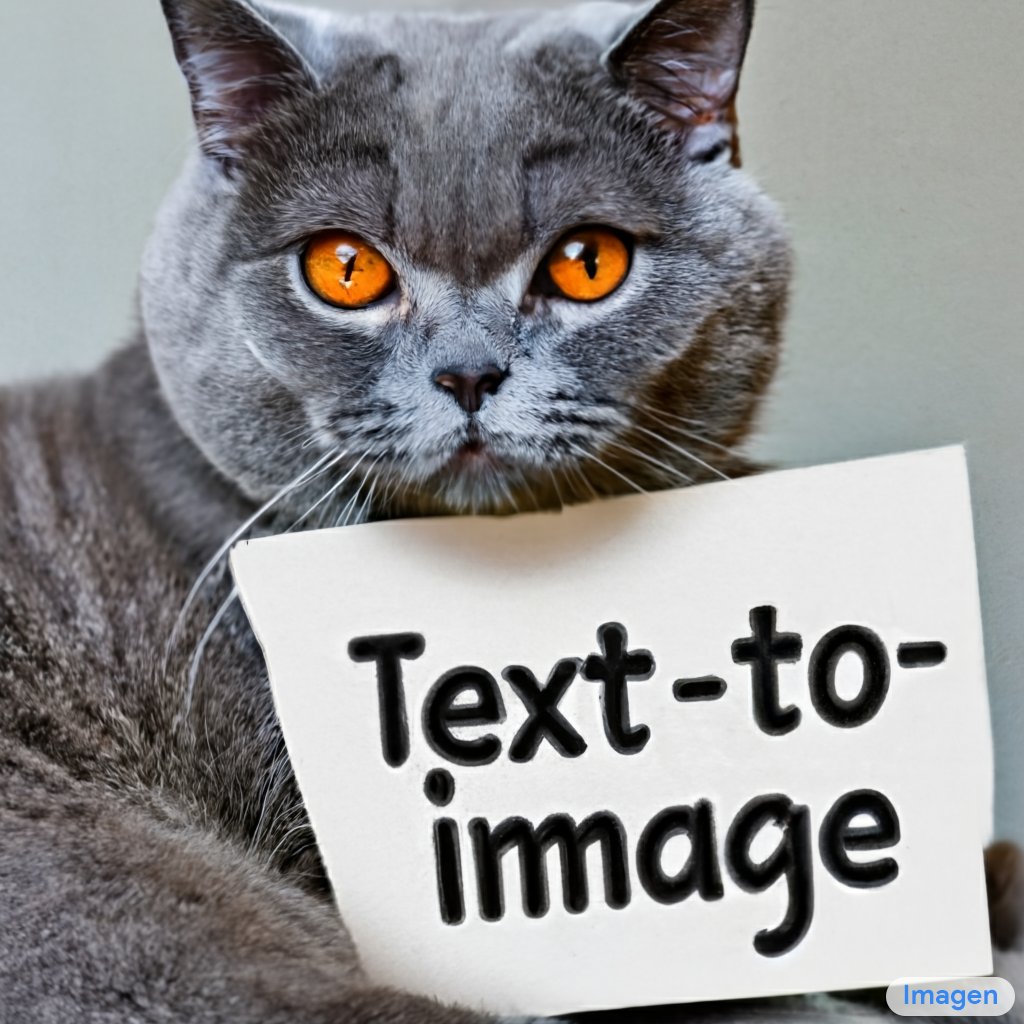
As the text gets longer, it naturally becomes more and more difficult to render correctly, but Imagen is pretty good for complex text prompts.
"Text", "Text-to-Image", "Text-to-Image Diffusion", "Text-to-Image Diffusion Models"



"Text", "Text-to-Image", "Text-to-Image Diffusion", "Text-to-Image Diffusion Models"
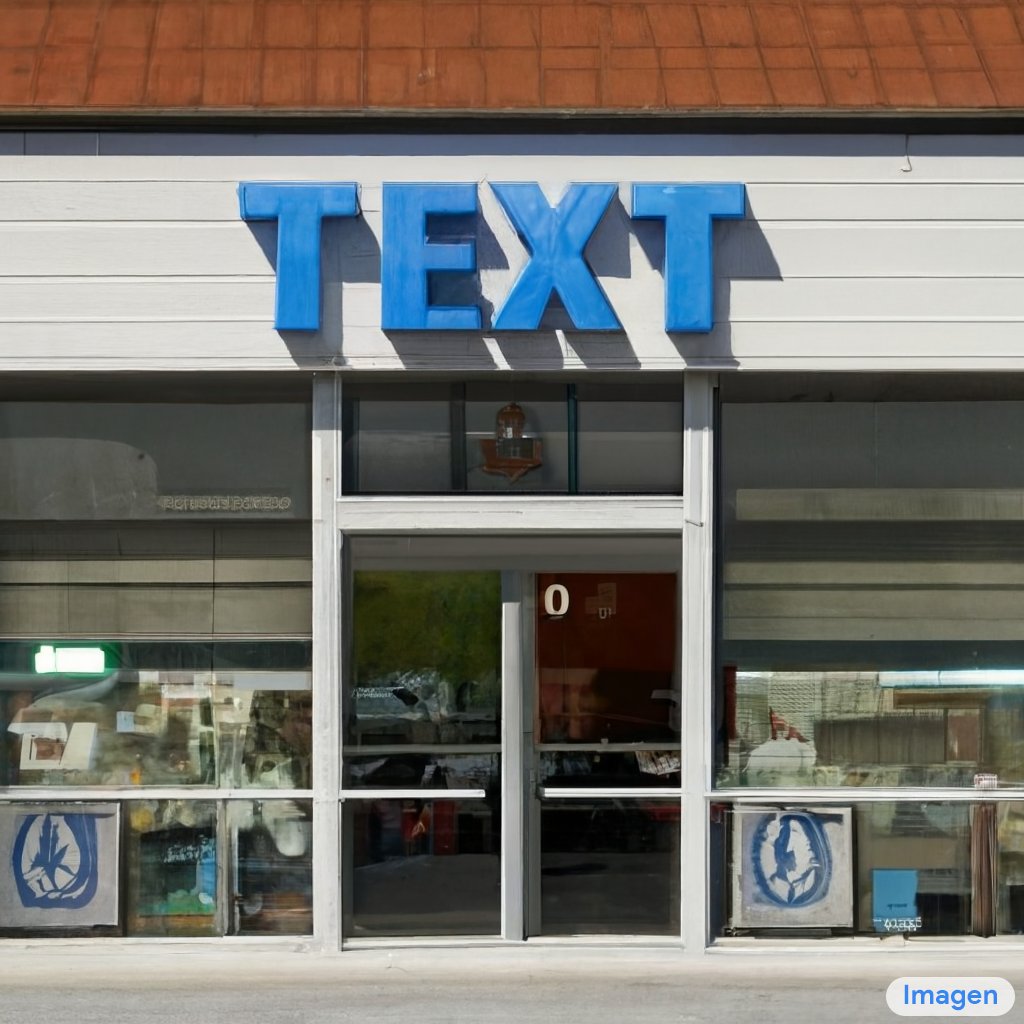

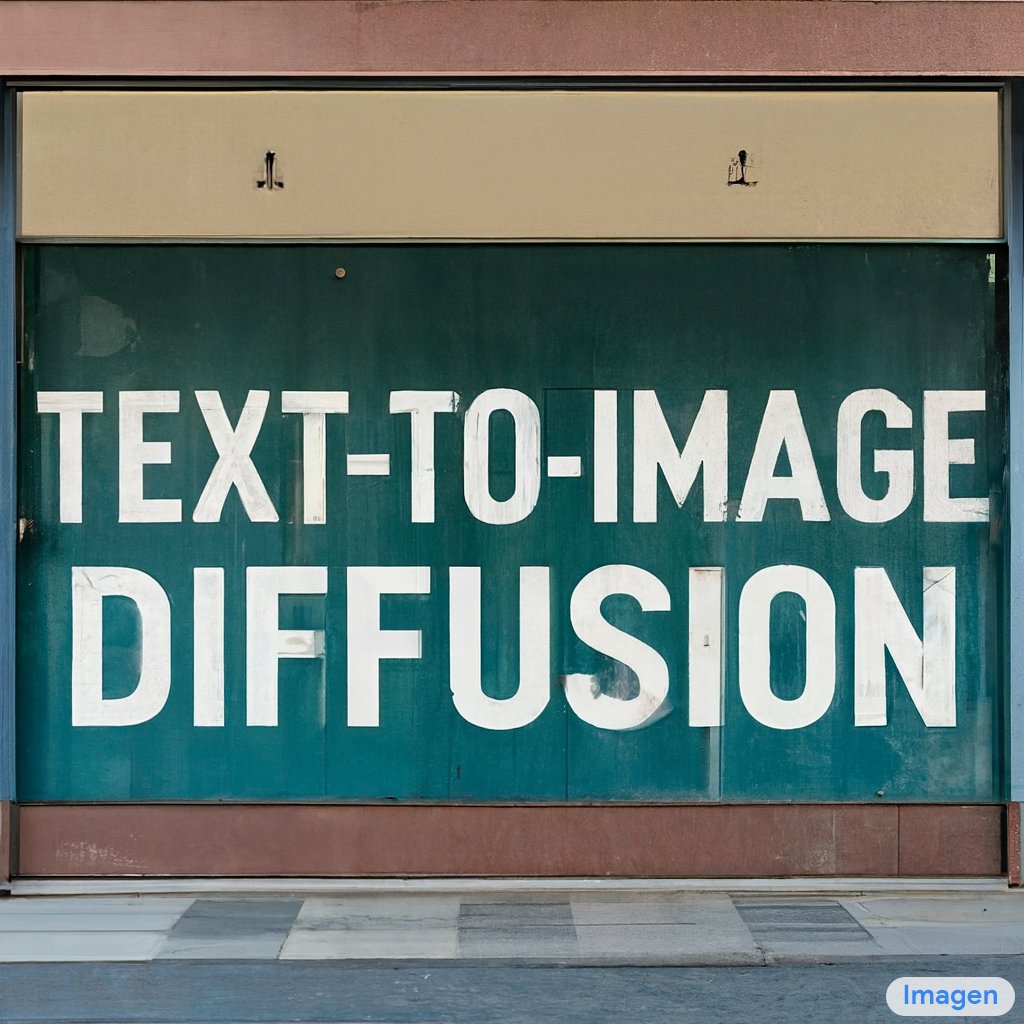
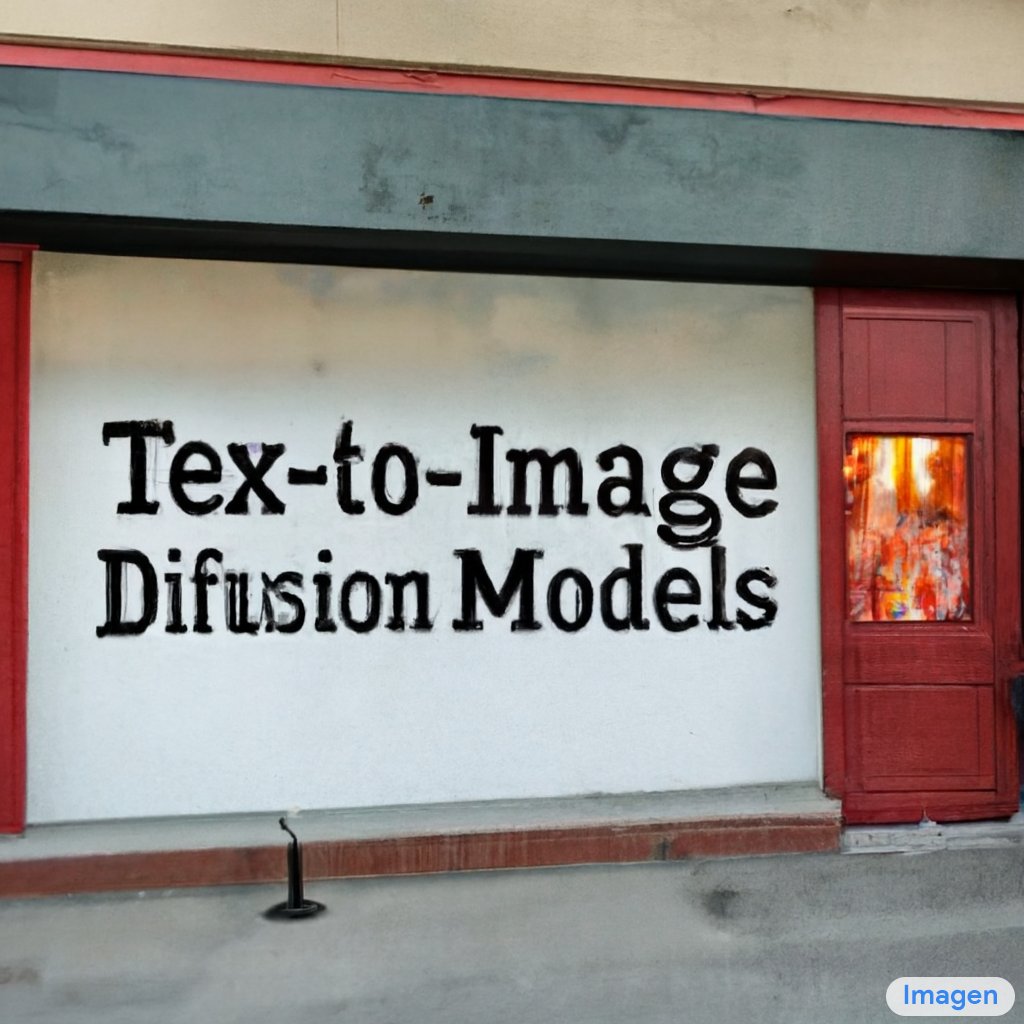
The images get worse with very long text renderings, e.g. "Photorealistic Text-to-Image Diffusion Models"
We are still able to find good samples within 8 random generations.
We are still able to find good samples within 8 random generations.

Interestingly, the model is able to write non meaningful combination of letters pretty reliably too. E.g. "magie-xett-ot" (shuffled text-to-image) 
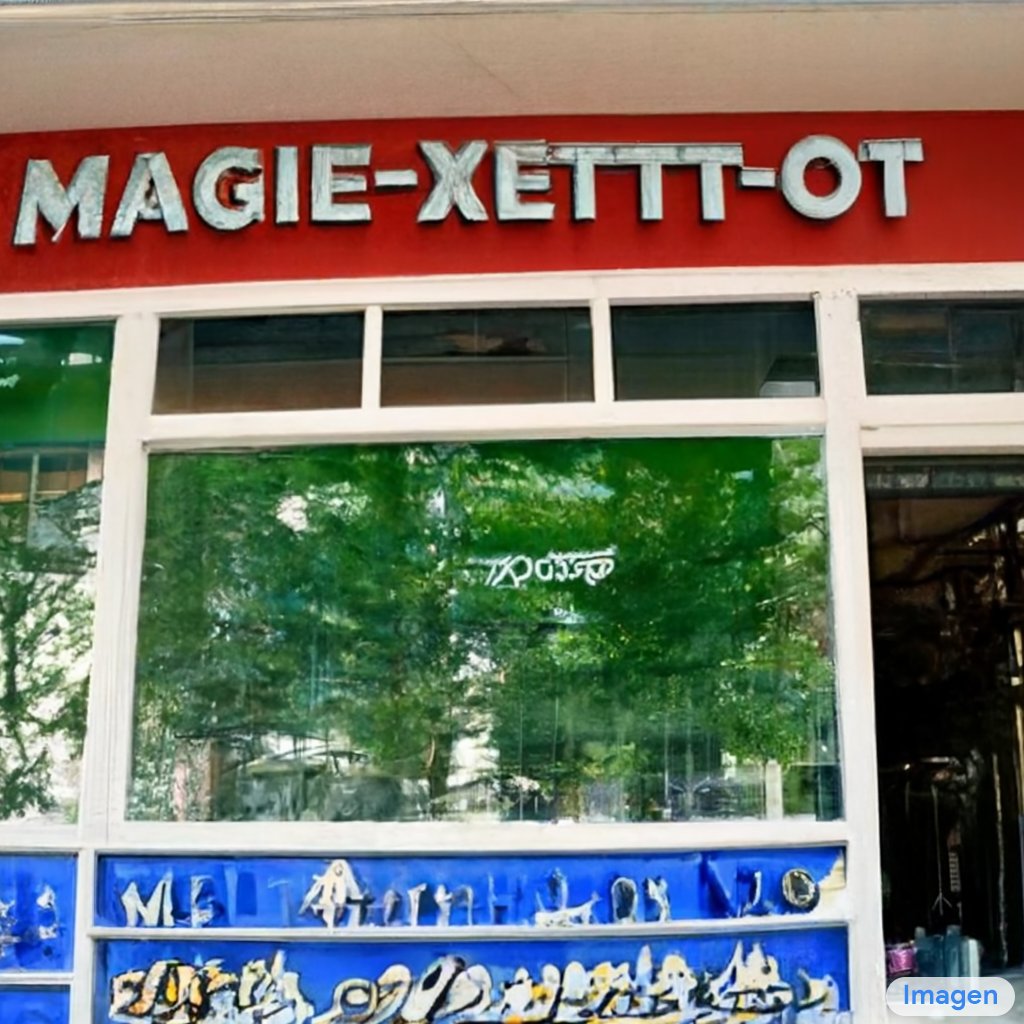
• • •
Missing some Tweet in this thread? You can try to
force a refresh

